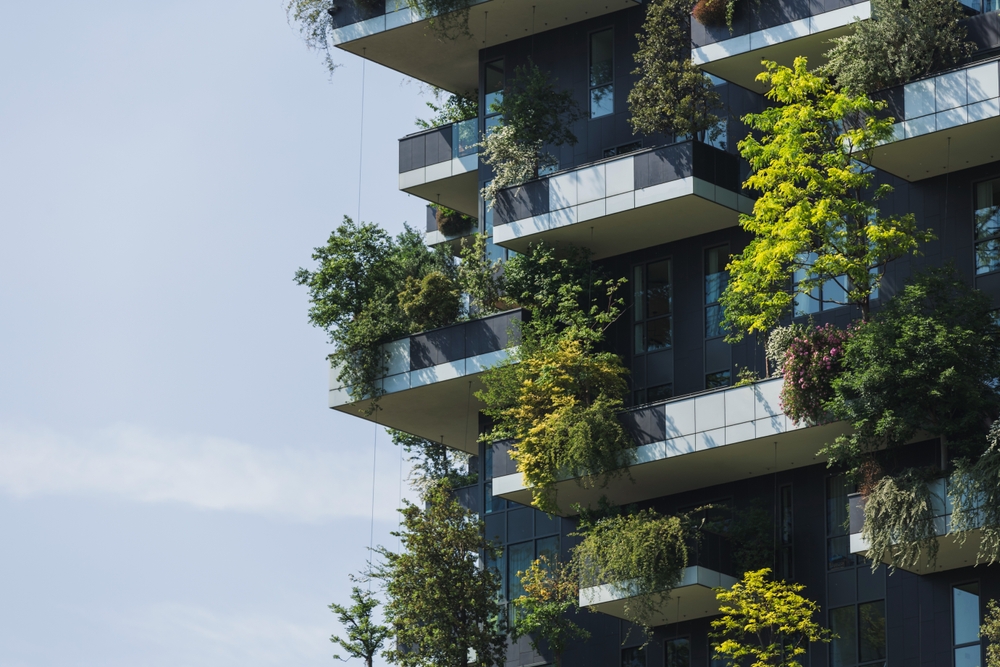Biophilic Design in Industrial Spaces: Boosting Productivity and Well-being
The integration of nature-inspired elements in industrial environments is reshaping workplace dynamics. As businesses seek innovative ways to enhance employee satisfaction and operational efficiency, biophilic design emerges as a powerful strategy. This approach not only transforms sterile industrial settings but also promises significant returns on investment through improved productivity and reduced absenteeism.

In industrial contexts, the implementation of biophilic design principles represents a departure from the sterile, efficiency-focused layouts of the past. Early adopters in manufacturing and warehousing sectors began experimenting with natural light, indoor plants, and nature-inspired color schemes in the late 2000s. These initial efforts were met with skepticism but gradually gained acceptance as positive outcomes became apparent.
The Science Behind Biophilic Industrial Spaces
Research consistently demonstrates the profound impact of nature-inspired environments on human psychology and physiology. In industrial settings, where workers often face monotonous tasks or high-stress situations, the benefits of biophilic design are particularly pronounced. Studies have shown that exposure to natural elements can reduce cortisol levels, lower blood pressure, and improve cognitive function.
A landmark study conducted in 2018 across multiple manufacturing facilities found that workers in biophilic environments reported a 15% increase in overall well-being and a 20% boost in productivity compared to those in traditional industrial spaces. Furthermore, absenteeism rates decreased by 10% in facilities that incorporated significant biophilic elements.
Key Elements of Biophilic Industrial Design
Implementing biophilic design in industrial spaces requires a thoughtful approach that balances aesthetic considerations with practical requirements. Several key elements have emerged as effective strategies:
-
Natural Light Integration: Maximizing daylight exposure through strategically placed windows, skylights, or light tubes can significantly impact worker mood and alertness.
-
Indoor Vegetation: Introducing plants and green walls not only improves air quality but also provides visual relief in otherwise stark environments.
-
Nature-Inspired Materials: Incorporating wood, stone, and other natural textures into structural elements or furnishings can create a more organic feel.
-
Biomorphic Forms and Patterns: Integrating shapes and designs that mimic natural forms can subconsciously evoke a sense of connection to nature.
-
Water Features: The sound and sight of water, even in small installations, can have a calming effect and improve acoustic comfort.
Challenges and Considerations
While the benefits of biophilic design in industrial spaces are clear, implementation comes with unique challenges. Safety considerations, maintenance requirements, and potential interference with machinery or processes must be carefully addressed. Additionally, the initial cost of retrofitting existing facilities can be significant, requiring a strong business case to justify the investment.
However, innovative solutions are emerging to overcome these obstacles. For instance, some companies are utilizing artificial skylights that mimic natural daylight patterns, providing the benefits of natural light without compromising the structural integrity of industrial buildings. Others are experimenting with modular green wall systems that can be easily maintained and relocated as needed.
Case Studies: Success Stories in Industrial Biophilia
Several pioneering companies have successfully implemented biophilic design in their industrial facilities, providing valuable insights for others considering this approach:
-
A large automotive manufacturing plant in Germany incorporated extensive green walls and natural light features, resulting in a 12% increase in production line efficiency and a 25% reduction in reported stress levels among workers.
-
A pharmaceutical production facility in Singapore integrated a central atrium with a living tree and surrounding vegetation. This design not only improved air quality but also became a popular gathering spot for employees, fostering improved collaboration and idea exchange.
-
A food processing plant in California redesigned its workspace to include nature-inspired color schemes and patterns. The company reported a 30% decrease in minor accidents and a significant improvement in quality control metrics within six months of implementation.
These case studies demonstrate the tangible benefits of biophilic design across various industrial sectors, highlighting its potential as a strategic investment in both human capital and operational excellence.
Practical Implementation Strategies
• Conduct a thorough assessment of your industrial space to identify opportunities for biophilic integration
• Start with small-scale pilot projects to gauge impact and gather employee feedback
• Collaborate with industrial designers and biophilic experts to develop tailored solutions
• Educate employees about the benefits of biophilic design to foster engagement and appreciation
• Regularly measure and analyze key performance indicators to quantify the impact of biophilic interventions
Looking Ahead: The Future of Industrial Biophilia
As the industrial sector continues to evolve, biophilic design is poised to play an increasingly important role in shaping the workplaces of tomorrow. The convergence of sustainability initiatives, employee wellness programs, and productivity optimization efforts creates a fertile ground for further innovation in this field.
Emerging technologies, such as smart lighting systems that mimic natural light cycles and advanced air purification methods incorporating living plants, promise to enhance the effectiveness of biophilic design in industrial settings. As more companies recognize the multifaceted benefits of nature-inspired workspaces, we can expect to see a widespread adoption of these principles across various industrial sectors.
In conclusion, biophilic design in industrial spaces represents a forward-thinking approach to creating work environments that are not only more pleasant and healthier for employees but also more productive and efficient. By reconnecting workers with elements of nature, companies can unlock new levels of performance and well-being, positioning themselves for success in an increasingly competitive industrial landscape.





